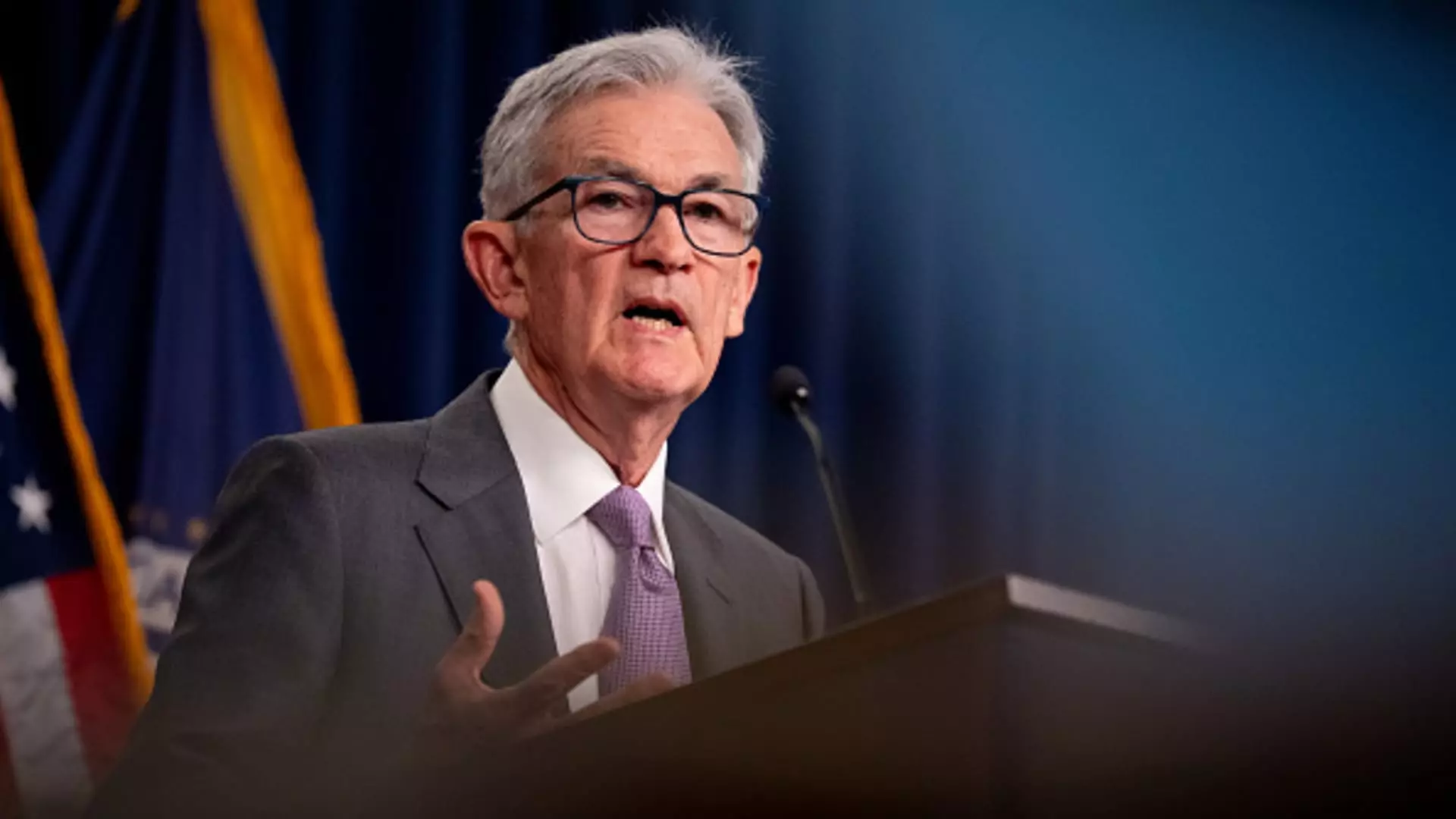As discussions around the Federal Reserve’s next monetary policy meeting heat up, analysts are diverging in their opinions regarding the implications of a possible rate cut. The U.S. Federal Reserve holds a pivotal role in shaping the economic landscape, and its decisions can have far-reaching effects on markets, employment rates, and consumer confidence. The suggestion of a sizeable interest rate cut—50 basis points—has elicited mixed responses from top economists and market analysts.
Michael Yoshikami, CEO of Destination Wealth Management, has posited that a 50 basis point cut could boost market confidence and signal the Fed’s proactive stance in supporting job growth. Yoshikami’s assertion draws attention to the need for the central bank to respond swiftly to economic indicators that suggest a downturn. He argues that a decisive cut could be interpreted as a commitment to maintaining economic stability rather than a panic response to imminent recession fears. His optimism reflects a belief in the resilience of both job markets and earnings performance, indicating that underlying economic fundamentals are not as precarious as some might suggest.
Moreover, the recent remarks by Nobel Prize-winning economist Joseph Stiglitz echo these sentiments, suggesting that the Fed may have acted hastily in its policy adjustments, tightening too quickly in response to previous economic conditions. The insistence on a half-point cut from Stiglitz aims to pivot policy in a direction that encourages sustained economic growth rather than stall it.
Market sentiment, however, presents a complicated picture. Following disappointing job growth statistics, there has been a noticeable shift in market expectations regarding the Fed’s actions. Current probability estimates from the CME Group’s FedWatch Tool indicate that a 25 basis point cut is favored by a significant majority—75%—of traders, while a smaller yet notable 25% anticipate a more considerable reduction. Such figures illustrate the uncertainty that permeates financial markets, where investor sentiment often oscillates between optimism and apprehension.
While some analysts like Yoshikami and Stiglitz advocate for a bold move, others point out the potential pitfalls associated with a significant rate cut, arguing that it may inadvertently project a sense of urgency or impending crisis. Economist George Lagarias has voiced concerns, framing a 50 basis point reduction as potentially detrimental. He insists that outside of an overwhelming economic necessity, a drastic cut could send conflicting signals to the market, possibly exacerbating fears rather than alleviating them.
In evaluating the current economic fundamentals, one must consider various indicators, such as manufacturing output and unemployment rates. On the one hand, Thanos Papasavvas of ABP Invest highlights the underlying strength of these components, stating that they continue to reflect resilience. This suggests that while there may be growing concerns about a potential downturn—evidenced by Papasavvas adjusting the recession forecast from 25% to 30%—the economy has not yet shown signs of an imminent contraction.
Perhaps what is essential to underscore is the context in which these discussions occur. A resilient job market coupled with manageable interest rates indicates that, while caution is warranted, the economy is not necessarily on the brink of recession. Furthermore, with solid corporate earnings reported despite a rough periodic trading landscape, the concerns about a downturn may be amplified by factors outside the economic fundamentals.
The debate surrounding the Federal Reserve’s potential actions at its upcoming meeting illustrates the balancing act central banks are often engaged in. While there is a clear push from some analysts for stronger action to bolster the economy, others emphasize the importance of strategic caution. The quandary lies not only in whether the Fed can implement a bold 50 basis point cut but in how such a move will reverberate throughout financial markets and affect public sentiment.
Ultimately, the appropriate course of action may reside in a measured approach, where the Fed reassesses data over time, learning from historical precedent while cautiously navigating an uncertain economic future. Policymakers must remain attuned to real-time economic indicators, as the dialogue among leading economists reveals that perceptions of urgency can significantly influence market behavior and economic trajectories.

